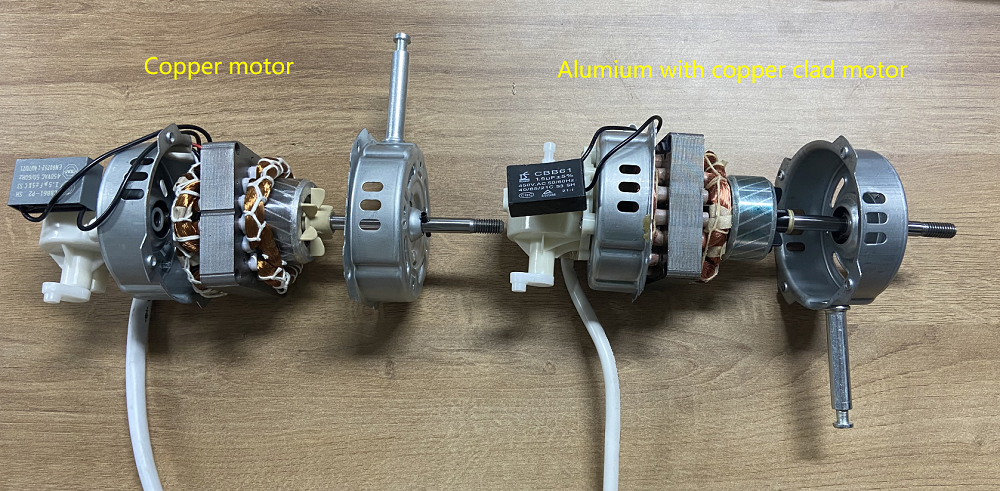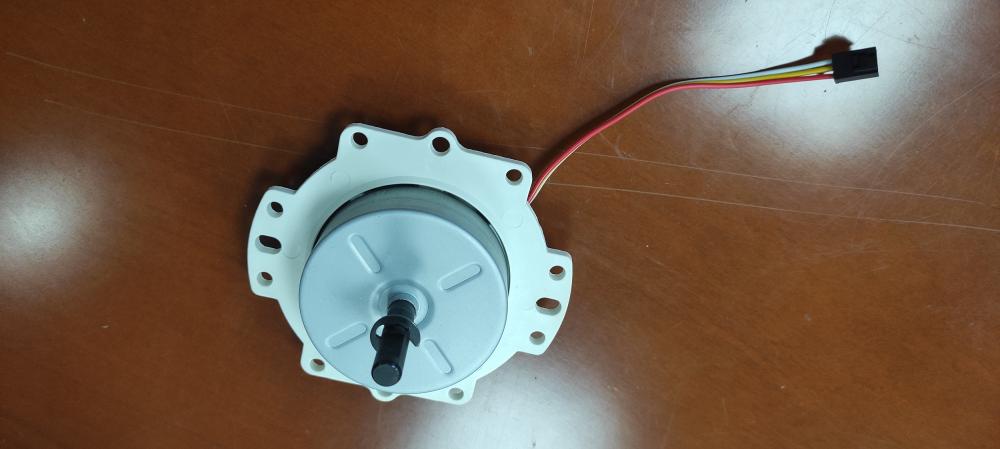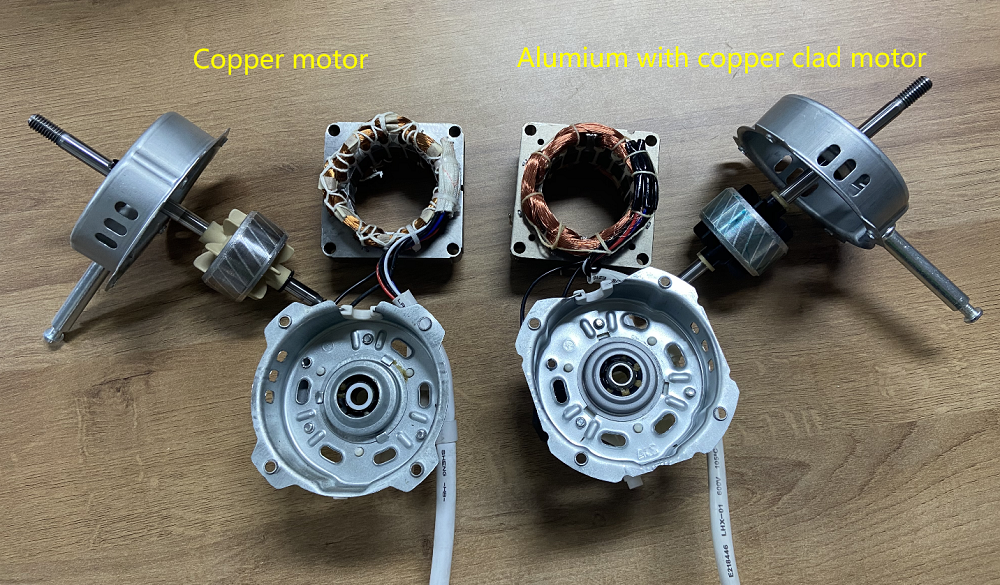
Privacy statement: Your privacy is very important to Us. Our company promises not to disclose your personal information to any external company with out your explicit permission.
Note: It is important to exercise caution and follow the manufacturer's guidelines when modifying or working inside a fan. If you are unsure or uncomfortable with the process, it is recommended to seek professional assistance.
A handmade tower fan interior would typically consist of the following components:
1. Motor: This is the heart of the tower fan and is responsible for rotating the blades to create airflow. The motor can be a small Electric motor that is connected to a power source.
2. Blades: The blades are attached to the motor and are responsible for moving the air. They can be made of various materials, such as plastic or metal, and are usually shaped in a way that maximizes airflow.
3. Housing: The housing is the outer casing of the fan that holds all the components together. It can be made of wood, plastic, or any other suitable material. The housing is designed to allow air to flow through while protecting the internal components.
4. Control Panel: The control panel is where you can adjust the fan's settings, such as speed and oscillation. It can include buttons, switches, or a digital display, depending on the design.
5. Oscillation Mechanism: Some tower fans have the ability to oscillate, meaning they can rotate from side to side to distribute air evenly. The oscillation mechanism is usually located at the base of the fan and is connected to the motor.
6. Filters: Some tower fans may have built-in filters to help purify the air by trapping dust, allergens, and other particles. These filters can be made of mesh or activated carbon and are often replaceable.
7. Grilles: The grilles are located at the front and back of the fan and serve as a protective barrier, preventing accidental contact with the blades. They are usually designed to allow maximum airflow while keeping fingers or objects away from the moving parts.
8. Power Cord: The power cord is connected to the fan and plugs into an electrical outlet to provide power to the motor. It is usually long enough to allow flexibility in placing the fan in different locations.
These are the basic components you would find in a handmade tower fan interior. The specific design and materials used can vary depending on the maker's preferences and creativity.

 Air conditioning fan, PCB, Tower Fan
Air conditioning fan, PCB, Tower Fan
October 28, 2024
October 10, 2024
January 11, 2024
October 08, 2023
February 01, 2024
Robotic products have revolutionized various sectors of commerce and industry, driving innovation and improving efficiency. International standards play a crucial role in enabling these advancements...
On September 27, 2024, the European Commission published two amendments to the EU POPs Regulation (EU) 2019/1021 in the Official Journal: (EU) 2024/2555 and (EU) 2024/2570. The new regulations reduce...
Innovations in wireless and connected devices inevitably bring security concerns, prompting regulators to constantly monitor and tighten requirements. The EU’s Radio Equipment Directive (RED)...
Email to this supplier
October 28, 2024
October 10, 2024
January 11, 2024
October 08, 2023
February 01, 2024

Privacy statement: Your privacy is very important to Us. Our company promises not to disclose your personal information to any external company with out your explicit permission.

Fill in more information so that we can get in touch with you faster
Privacy statement: Your privacy is very important to Us. Our company promises not to disclose your personal information to any external company with out your explicit permission.